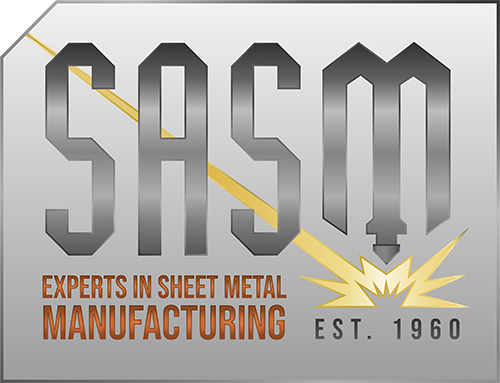what is Tig welding?
Tig welding (Tungsten Inert Gas welding) is probably the most versatile arc welding process. It’s less complex to master, but it can be a slow process. Tig welders also tend to be more expensive.
There are two types of Tig welding equipment:
- DC output welding current (cost-effective method used for most applications including the Tig welding of steel, stainless steel and copper)
- AC/DC output welding current (more costly method used for Tig welding aluminium and aluminium alloys.
TIG welding works by striking an arc between a tungsten Tig welding electrode and the workpiece. A separate Tig welding filler wire can be added to the weld pool as necessary.
The weld pool is protected from oxidisation by pouring an inert welding gas (usually argon) over the weld pool. This welding gas is usually turned on and off by the Tig welding machine.
DC Output Tig welding equipment has two sub types:
- Scratch/touch start Tig welding equipment – The more basic option, relying on the tungsten Tig welding electrode touching down onto the job, then lifted off to form a welding arc (similar to MMA welding). It’s really an arc welding inverter with a scratch start Tig welding torch added. The downside is that the tungsten Tig welding electrode will attempt to stick to the workpiece when touched down and the Tig welding torch is permanently live. We usually only recommend this type of Tig welding equipment to customers who want to arc weld or carry out occasional basic Tig welding.
- High frequency start Tig welding equipment – This Tig Welding equipment uses a burst of high frequency (HF) to establish the welding arc. It’s easier and more precise than a scratch start Tig Welder and doesn’t require the tungsten Tig electrode to be touched down. An HF start Tig Welder may also have additional useful features such as slope down and post gas flow.
Tig Welder Control Features:
- Slope up: Where the Tig Welder starts the welding arc at a very low current then smoothly brings the welding power up to the level set by the operator. The slope up time on some Tig welders is pre-set and can’t be adjusted whereas others allow the slope up time to be set manually.
- Slope down: Works the same way until the torch trigger is released at the end of the weld. Here the Tig welder fades the power down instead of suddenly stopping. The advantage is that, because the weld pool solidifies more slowly, the centre of the weld is prevented from sinking (or ‘cratering’) which can result in pin holes.
- Pre / post welding gas flow: Pre welding gas flow is where the Tig welding machine turns on the gas before the arc ensuring a good welding gas shield. Post welding gas flow is where the Tig welder keeps the welding gas flowing after the arc has extinguished. (Prevents the hot tungsten Tig welding electrode from oxidising as it cools.)
- Pulse welding: Pulse welding is a relatively new method that gives the operator more control when Tig welding very thin material. The Tig Welding machine emits a burst of higher power to achieve penetration, followed by a burst of lower power to prevent blow through. Pulse welding can also penetrate thicker material whilst limiting weld size.
- AC frequency control: Some AC/DC Tig welders have AC frequency control – the speed at which the polarity of the Tig welding torch switches from positive to negative. It is measured in Hz (switches per second). Tig welders with fixed frequency usually switch at around 70 – 100Hz whereas Tig welders with variable frequency have a range of around 50 – 250Hz.
The frequency ‘focuses’ the Tig welding arc (like focusing a torch beam). The higher the frequency, the more focused the welding arc. For example higher frequency might gain greater penetration on thick aluminium when repairing a crack in a casting while lower frequency would be used on thinner sheet aluminium where the heat of the welding arc needs to be spread to avoid blow through.
Tungsten Tig electrodes
- Lanthanated (gold tip) for DC Tig welding applications (where the welding arc causes the tungsten to ‘ball’ at the end).
- Zirconiated (white tip) for AC Tig welding applications (where the tungsten is ground to a point).

